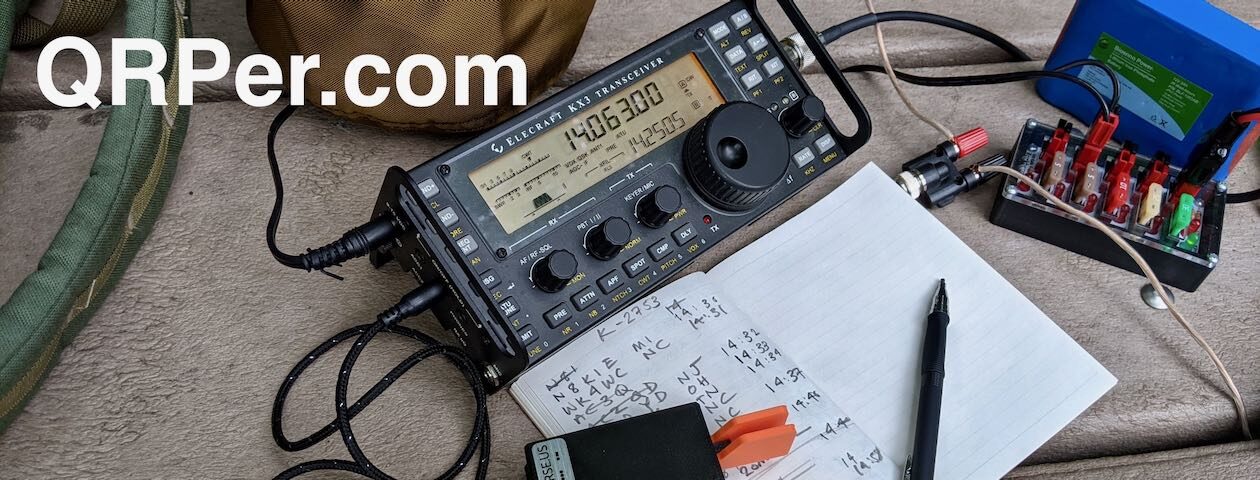 In my last published field report, you might recall that I successfully activated a park using 500 milliwatts or ½ of a watt. I was so surprised by the results of using this QRPp power level I immediately made plans to push the power level even lower during my next activation.
In my last published field report, you might recall that I successfully activated a park using 500 milliwatts or ½ of a watt. I was so surprised by the results of using this QRPp power level I immediately made plans to push the power level even lower during my next activation.
Let’s face it, I was drunk with a lack of power!
QRPp
 After my last field report, there were quite a few questions about the term QRPp and what it means. To be honest, I’m not sure if there’s an “official” definition, but here’s what is widely accepted as QRP power categories:
After my last field report, there were quite a few questions about the term QRPp and what it means. To be honest, I’m not sure if there’s an “official” definition, but here’s what is widely accepted as QRP power categories:
- QRP: 5 watts to 1 watt (for some contest 10 watts = SSB QRP)
- QRPp: Less than 1 watt to 100 mw
- QRPpp: Less than 100mw
I don’t own a field radio that allows me to lower the output power to QRPpp levels. In fact, few of my radios actually allow me to lower power below one watt.
My Elecraft radios, however, do allow me to lower power output to as low as 0.1 watts or 100 milliwatts.
The plan
On Wednesday, December 7, 2022, my travel schedule shifted and it opened up the entire afternoon to play radio.
A rarity indeed!
It was very rainy and foggy that day and I didn’t have my ENO rain fly with me, so I decided to visit a park with a good picnic shelter to keep me, an my gear, nice and dry.
Fort Dobbs State Historic Site (K-6839)
I had four park options with covered picnic shelters within a 45 minute drive. I decided that I would try to activate Fort Dobbs State Historic (since it had been a couple months since I’d visited) and Lake Norman State Park would be my back-up plan.
Fort Dobbs is a small park, so I called in advanced and asked for permission to do the activation and also asked if their picnic shelter was reserved.
The rangers there know me, so the phone call was pretty quick–no need to explain POTA nor my motivations. They told me that on rainy/foggy December days they have so few guests that I was welcome to use the picnic shelter or even the entire park if I wished (perhaps an ideal time to erect a Rhombic antenna–okay, just kidding!).
The Dobbs park rangers an volunteers are the best!
Setting up
 On the way to the site, I decided that I would deploy my MM0OPX end-fed half-wave I’d cut for 40 meters.
On the way to the site, I decided that I would deploy my MM0OPX end-fed half-wave I’d cut for 40 meters.
I needed to make the most of my 100 milliwatts, so I figured the MM0OPX EFHW would be the best antenna for the job. Continue reading QRPp: Activate a park with ⅒ of a watt–? I had to at least try!














































